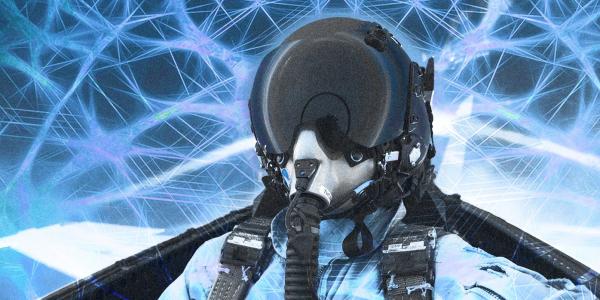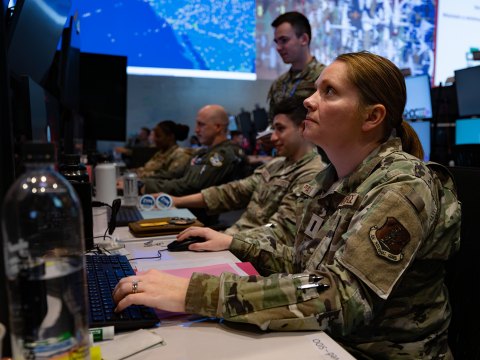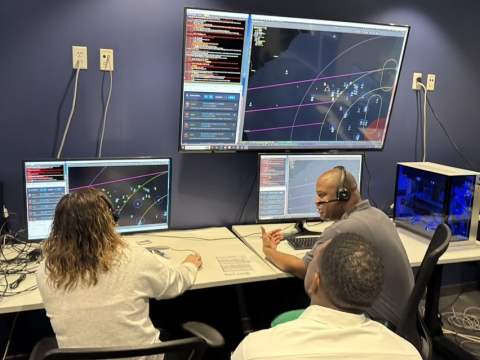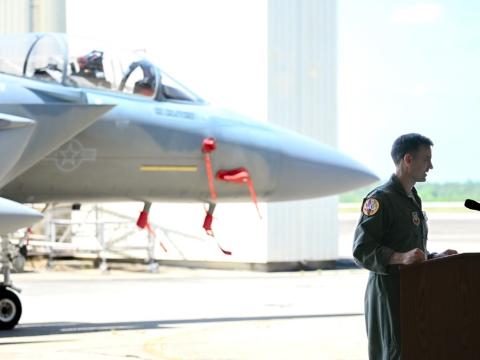Disruptive by Design: A Millennial Imagines the Air Force of 2050
The force of 2050 will no longer be confined to space, sky and cyberspace. Training, tools and tactics will change.
In a few short decades, the world will be vastly different. The military environment is no exception, given that a force built for and in the industrial age will continue providing national security in an increasingly unstable and uncertain world. The dramatic and potentially unforeseen advances in technology will be countless. Leaders will need help figuring out how to conceptualize and capitalize.
This includes the Air Force. The force of 2050 will no longer be confined to space, sky and cyberspace. Training, tools and tactics will change.
Virtual reality training will become a default practice in the Air Force of 2050. Other fields, such as health care, have already enlisted the technology to generate solutions, save time and improve quality of life. The Marines are using virtual reality for training to call for live fire. In addition, the Defense Department has leveraged augmented reality for many operational tasks. Positive qualitative feedback from troops backs this method’s financial efficiency.
Still, the widespread availability of virtual reality raises some concerns. Enemies can use the Air Force’s tools to recruit and train the next generation of fighters. Experts, however, are quick to point out that any tool can be used for good or evil. That said, dramatic and unforeseen advances in virtual reality will aid the Air Force as it adapts to future threats.
The tools of the future force will continue to evolve. Although the bring your own device (BYOD) policy has generated a lot of debate in recent years, I predict that it will be standard practice by 2050. As a millennial, I appreciate the many arguments favoring employees leveraging personal devices for work. The approach offers a convenience factor, savings on data and utilities, and 24/7 network access. On the other hand, as a Defense Department employee, a victim of the Office of Personnel Management data breaches and a witness to daily security violations, I understand the hesitation. But by 2050, I imagine that most concerns about BYOD will be adequately addressed.
Threats are destined to infiltrate our driverless cars, technology-infused homes, battlefields and office spaces—synced to wired and wireless networks, tethered to personal devices. It only makes sense for BYOD to be the norm and the Air Force of 2050 to capitalize on the use of personal devices to beat the foes that dare to technologically tango.
Another new norm will be the Air Force fighting in more than the traditional air and space domains. As a result, tactics will change. The force will shift the bulk of its resources to proactive cyberthreat hunting. The idea and practice are relatively new, but they will likely be standard by 2050. Cyberthreat hunting allows warfighters to be a step ahead and to gain critical data to use against enemies. Technological advances could aid the Air Force’s practice as it observes threats, traps troublemakers and safeguards systems. The technique will be key to adapting along with the threat.
As always, the challenge is staying a step ahead of enemy. The Air Force faces roadblocks to remaining efficient and effective while providing national security in an unpredictable environment. But I am confident the force will adapt to the changing fight.
Jennifer A. Miller, who holds a doctorate in business administration, is a member of AFCEA’s Northern Virginia Chapter, a cost analyst and a deputy branch chief in the Resource Management Oversight Division of the National Guard Bureau’s Joint Staff. The views expressed here are her own.





Comments